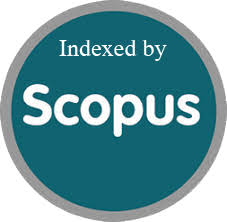The Attributes of Spatial Distribution of Mosques in Islamic City Until the Beginning of 20th Centuary - A Case Study of Mosul
Abstract
Abstract :The significance of mosques in the definition of an Islamic city-pattern is acknowledged by all general theories of the Islamic city . Mosques are a common feature to all Muslim cities as well as they have had a continuous existence and exert a profound influence upon the cities . Friday mosque represents the core of the Islamic city where other urban facilities are sequenced around .Due to vast expansion of Islamic cities , more Friday mosques were erected to fulfill the occupants needs . These had their religious justifications . The spatial distribution pattern of these mosques represents a phenomenon that deserves study assuming that this distribution is goverened by some rules.This is to be examined by adopting the nearest neighbor analysis and by selecting Mosul old town as a case study .The research is ended with findings that describe and explain this distribution pattern .Key Words:Islamic City , Mosques , Nearest Neighbor Analysis .








